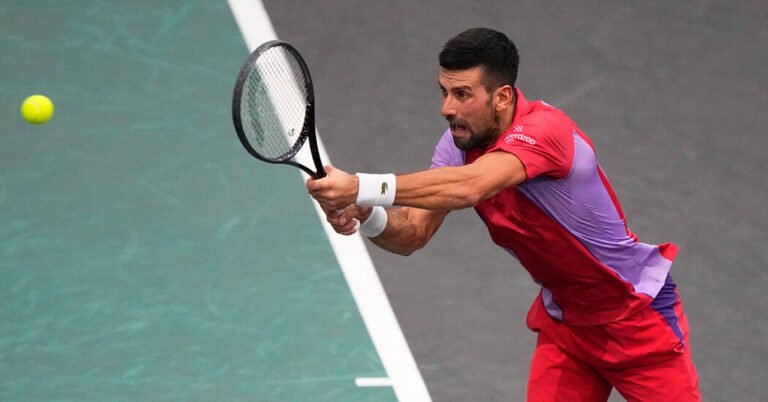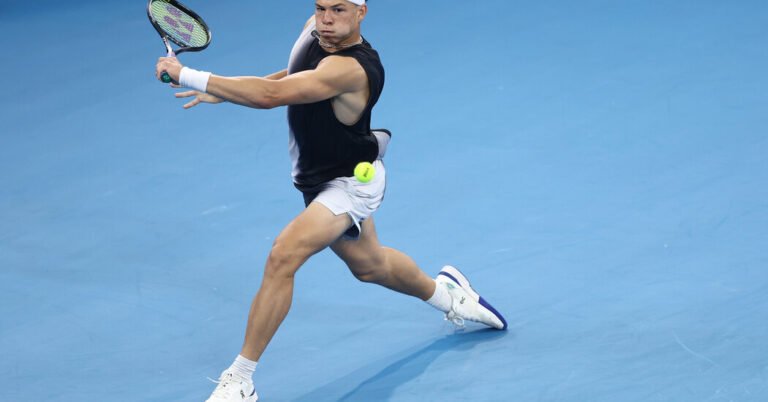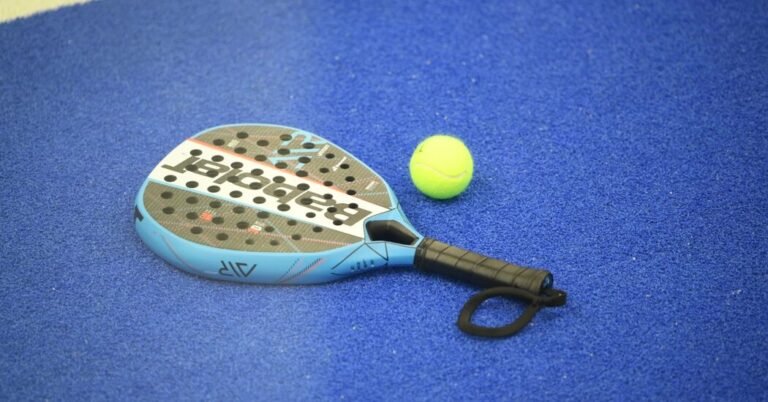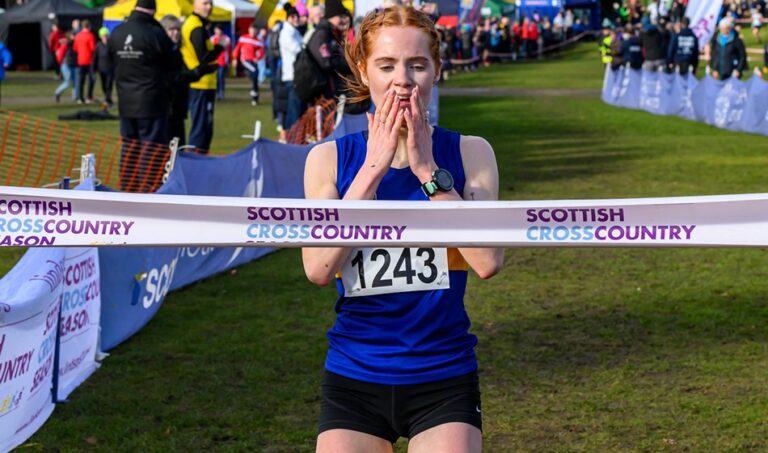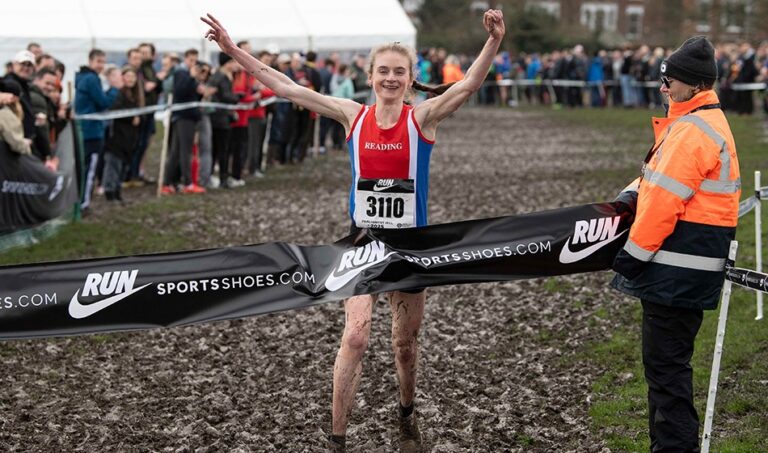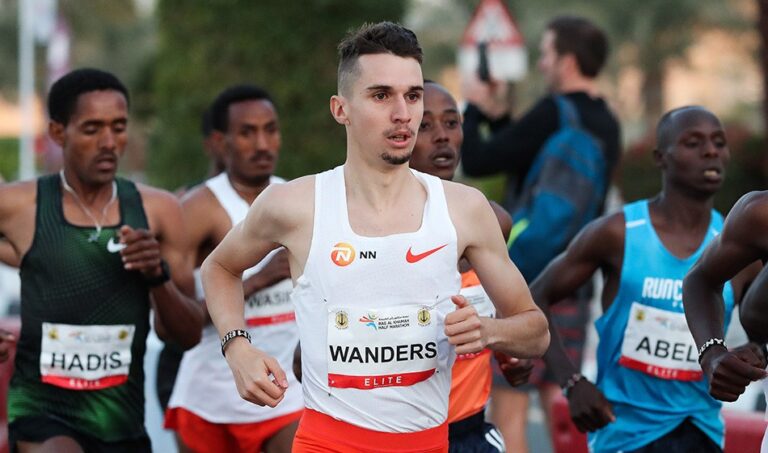It was early September, and Iga Swiatek had no idea where her season would end. For the...
Tennis
Tennis is a popular racket sport played on a rectangular court. Players use rackets to hit a ball over a net into the opponent’s court. Points are scored when the opponent fails to return the ball. It requires skill, agility, and strategy and is enjoyed by players of all levels worldwide.
It should come as no surprise that tennis’s Big Three — Novak Djokovic, Rafael Nadal and Roger...
The ATP Finals, scheduled to run from Sunday through Nov. 19, is more than the most prestigious...
For Novak Djokovic, his 2008 season, just a few years after he turned pro, was great by...
There was no champagne courtside. So, as Matteo Berrettini embraced Jannik Sinner after Sinner’s victory over Alex...
Steve Simon was feeling optimistic. Despite a 2023 season that ended with an avalanche of grumbling following...
A comeback provides no guarantee of success, but few sports provide more comebacks than professional tennis. They...
It all started with a simple text message that, if Bryan Shelton’s memory serves him, went something...
I first learned about padel last summer, when my partner sent me a photo from a small...





